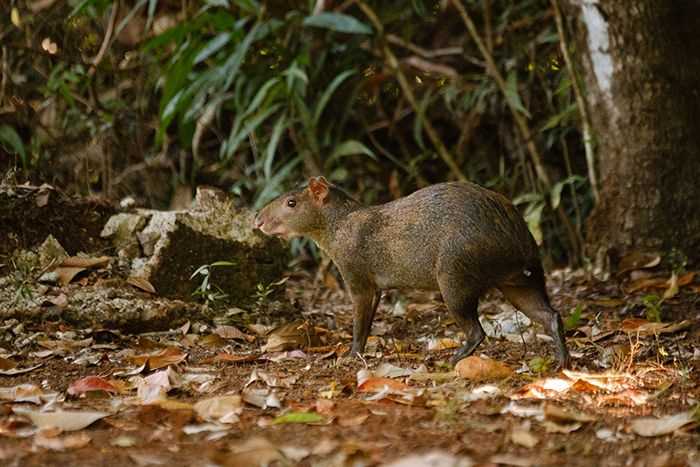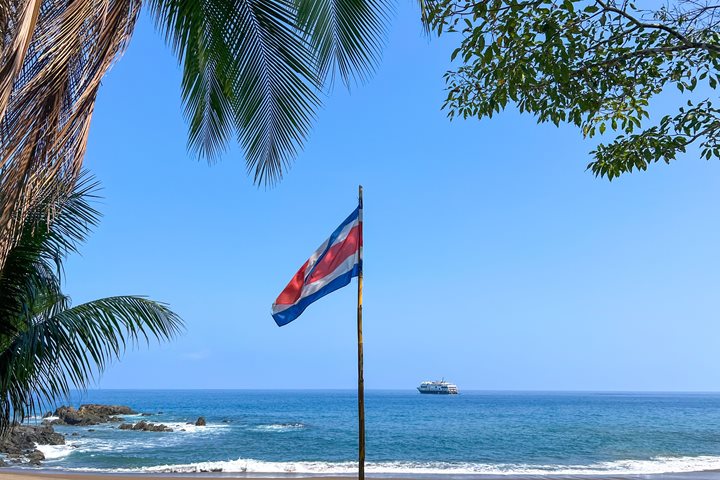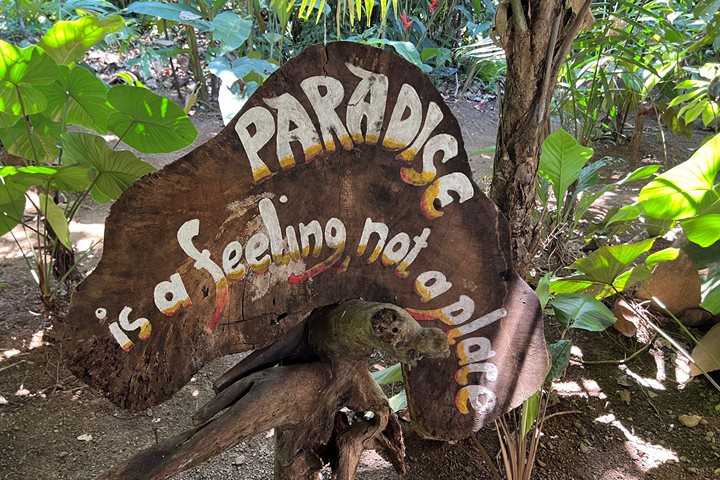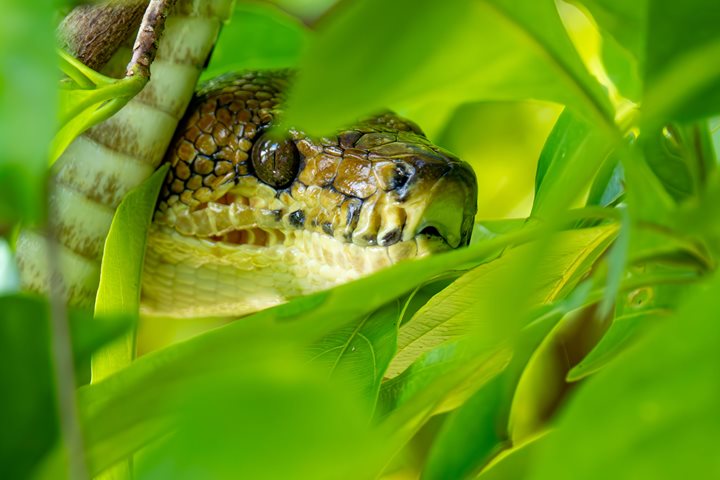The Devil’s Island. The largest island in the Pacific of Central America. One of the most infamous places in Panama because of its history as a penal colony for over 80 years. But thanks to this history, Coiba Island is also one of the most protected areas in the country due to fear and legends. Located 38 nautical miles to the closest mainland port, Coiba has always carried a weight of mystery and beauty. But how did a deadly prison island become a protected natural paradise?
In 1992, Panama decided to turn the page and made this magnificent place a national marine park. Little by little, inmates were removed from the location. In 2005, the park was awarded the designation of Natural World Heritage Site by UNESCO. Why? Due to its isolation for over 12,000 years, Coiba Island hosts an impressive number of endemic species of flora and fauna. With over 1,500 species of plants and 200 species of birds, this jewel of the Pacific is a mandatory visit for expeditioners looking for unique wild life. Coiba Island howlers and Coiban agoutis are common visitors around the park’s ranger station. As we walked trails once used by the most feared criminals, we also spotted beautiful birds like the lance-tailed manakin or the crimson-backed tanager.
This morning, we also spent time exploring the underwater realm at a nearby islet known as Cocos. On the reefs of this tiny speck of an island, we observed different kinds of triggerfish, cornetfish, surgeonfish and pufferfish. We also spotted top predators like whitetip reef sharks and blue jacks. We watched a playful hawksbill turtle as it fed by the nearby coral. In the end, we picked up the kayaks and stand-up paddleboards and started cruising to our next destination, the Panama Canal.









